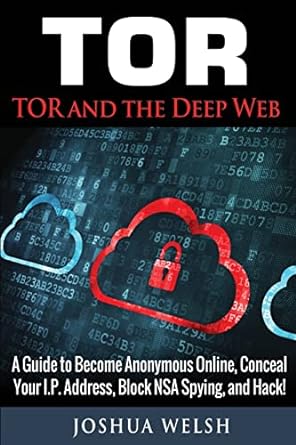Answered step by step
Verified Expert Solution
Question
1 Approved Answer
What are the 2 basic conditions that need to be met for a return to be considered Risk Free? Name and describe both risks that
- What are the 2 basic conditions that need to be met for a return to be considered Risk Free? Name and describe both risks that an investment must not have to be considered Risk Free. (10 Points).
- What securities perfectly meet the criteria for being risk-free? (3 points) If these securities were used to value an investment with 5 years of cash flows, how many risk-free rates would be used? (3 Points).
- What strategy can be used as a compromise rather than having multiple risk-free rates? (3 Points) Name the 2 conditions need to be met to in order for this compromise to be appropriate. (5 Points)
- Assuming the 2 conditions are met to use the above compromise, what security represents the appropriate risk-free rate for our Dividend Discount Model? (3 Points)
- When selecting the actual rate to put in our model, we didnt use the current market rate. Name at least 2 reasons the current rate wasnt selected. (6 Points)
- As a part of the modeling process, the risk-free rate was also used as what rate in our model? (3 Points) For that reason, we researched more than just the current market risk free rate. What other data did we consider when picking the risk-free rate. (10 points)
- Describe the difference between nominal and real rates and discuss which we used in our modeling process and why. (15 points)
- There are 2 basic discount rate models used to calculate firm specific discount rates: Capital Asset Pricing Model and the Multifactor Model. Describe what the Beta in the CAPM represents and how it is calculated. (10 points) The beta we selected for the first stage of model maybe different than the calculated beta. Name 2 reasons someone would use a beta for the next 5 years that is different than the calculated Beta. (10 Points)
- Describe what the betas represent if you use the Multifactor Model. (5 Points)
- In our model, describe what happens the Beta in Stage 2 and Stage 3 and why. (10 Points)
- What is the Equity Risk Premium? (5 points)
- When determining the Equity Risk Premium for our model, one method we used was looking at average historical equity risk premiums. However, there are large variations in what calculated historical ERPs are. What are 3 variable that affect the calculations and cause this divergence. (15 Points)
- How is the Implied Equity Risk Premium calculated and what does it tell us? (10 points)
- Once we have calculated our discount rate, what rate did we decide in stage 3 would be the same as the discount rate? (5 points)
- Give 2 examples, or situations that a company may be facing that would make using Scenario Analysis appropriate. (6 points)
- If a company was facing the potential of being bought out, describe the 2 values would you use to create a scenario analysis and what calculation you would do to determine the appropriate probability weighted value. (10 points)
- What type of analysis is appropriate when a sequential series of tests must be passed in order for the asset to have value. (ie. A biotech company with 1 drug in the testing phase or a retailer exploring exapanding into a large new market. (3 Points)
Step by Step Solution
There are 3 Steps involved in it
Step: 1

Get Instant Access to Expert-Tailored Solutions
See step-by-step solutions with expert insights and AI powered tools for academic success
Step: 2

Step: 3

Ace Your Homework with AI
Get the answers you need in no time with our AI-driven, step-by-step assistance
Get Started


